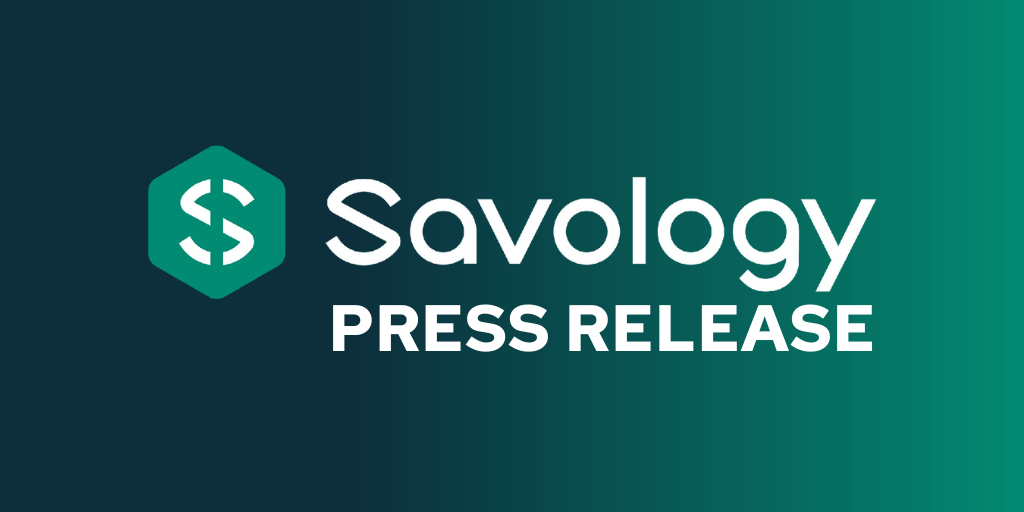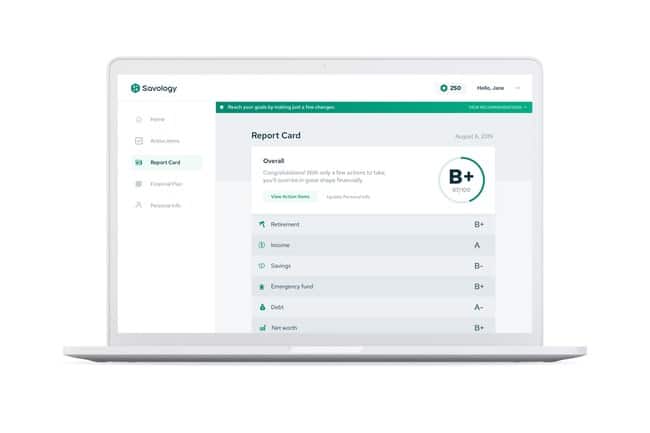When assessing startups, look at the problem, look at the customer, and look at the market. The combination of those three categories will show you traction. There are many different definitions of traction. Whichever one you use, you’ll be in good shape. For today, we’ll go with: traction–your startup’s evidence of success within the market.
So let’s talk about what traction looks like in a story: movement.
Can you move people? Do people care about what you are doing? Do they sign up for more information? Do they gasp and smile once they “get” what you are doing? Do people want to give you money but can’t because you don’t have a product?
The more people you can move, and the more profoundly you can move those people, the more traction you have. This is the evidence investors look for in the context of problem, customer, and market. This is how investors identify opportunities.
Traction is the compelling force behind the story of your venture. In a presentation, the story is how you make traction matter. Here are some real investor stories of companies. Which do you find most compelling?
“I am not a marketer or sales person, but with the few sales I have achieved, people come back and buy more. One in four customers returns and on average and buys 3x more the second time. Over half of our site’s new visitors come from entering the URL, not from search results or ads. How do they know our URL? People are talking, not searching. The product is sticky. I just need more places to stick it.
“I thought people would use this product because it was convenient. They tell me they actually buy it to avoid interacting with our competitor! It turns out our go-to-market strategy allows us to not only avoid 90% of our competitor’s overhead cost, but charge 3x the markup and get 8x more repeat customers. Help us rescue customers from our competitors!”
“This market doesn’t resist change, it’s simply been skipped over for 30 years. When we apply basic technology used elsewhere, and apply it to this niche, we see a 100% sales conversion rate even though our price point is 50% higher than their current costs. Without marketing we have more inquiries than we can service. We don’t need help with sales, we need help with onboarding!”
Each example shows traction. Proof of traction builds investor confidence in the opportunity; the story builds investor confidence in the entrepreneur. Good business models are built on good information, not on good ideas. Investors invest in people, not ideas.



